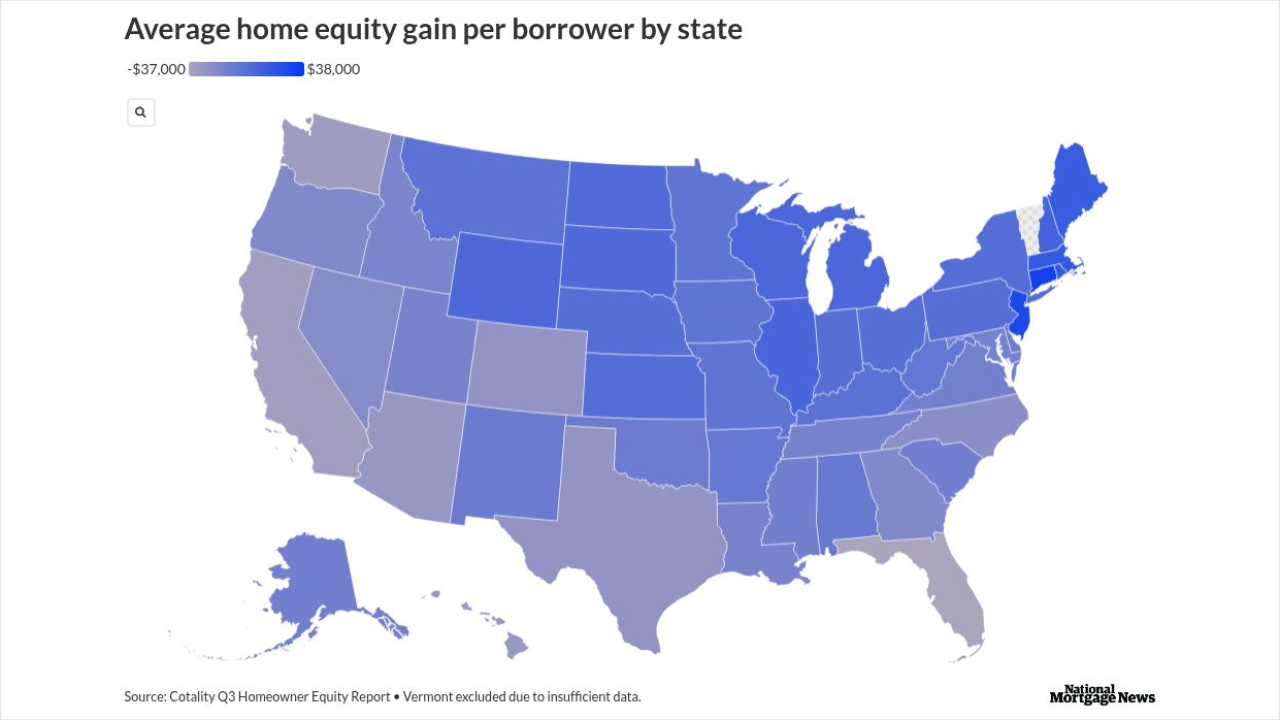The total number of mortgages in forbearance continued its downtrend, sinking below 4 million for the first time since the end of April,
As of Aug. 10, an estimated 3.93 million mortgages sat in forbearance plans, falling 71,000 from just over 4 million one week earlier. The share of loans in active forbearances edged down to 7.4% from 7.5%.
By investor type, the number of forborne government-sponsored enterprise conforming mortgages dropped by 27,000 to 1.515 million, as the share fell to 5.4% from 5.5%.

"Federally backed loans have been more flexible — they don’t require lump-sum payments if a borrower can’t afford it — but until that becomes a norm across all mortgages, forbearance remains a modest benefit to many homeowners,” Christopher Morrison, COO of States Title, said in a statement.
Unpaid principal balance from the forborne mortgages accounts for approximately $834 billion in, down from $852 billion the previous week.
The latest Black Knight estimates show mortgage servicers will need monthly advances of $4.8 billion in principal and interest payments and an additional $1.8 billion due in taxes and insurance. Those break down to $1.7 billion and $700 million for Fannie Mae and Freddie Mac mortgages, $1.3 billion and $500 million for FHA and VA, and $1.7 billion and $600 million for private-label.
These drops paint a positive outlook on the surface but are more indicative of
"For many people, the CARES Act provided a liquidity benefit for a limited amount of time, but they are still responsible for payments due in lump-sum immediately after their forbearance period is up," Morrison said. "This doesn’t fundamentally change things for many borrowers, especially if they’ve been laid off or furloughed as a result of COVID-19."





